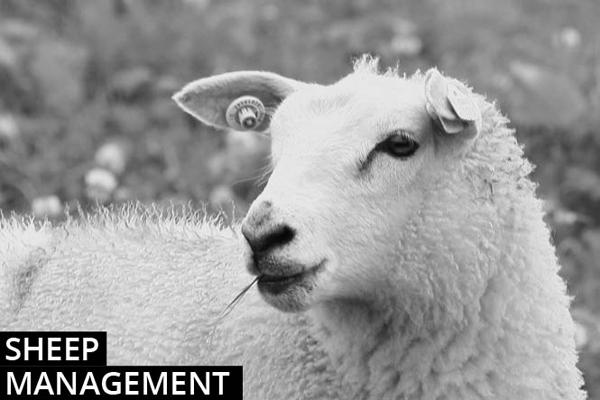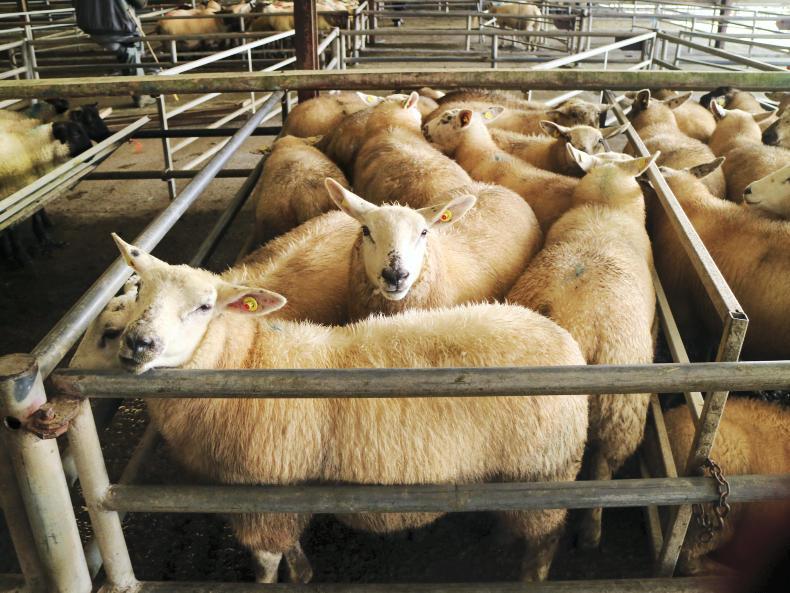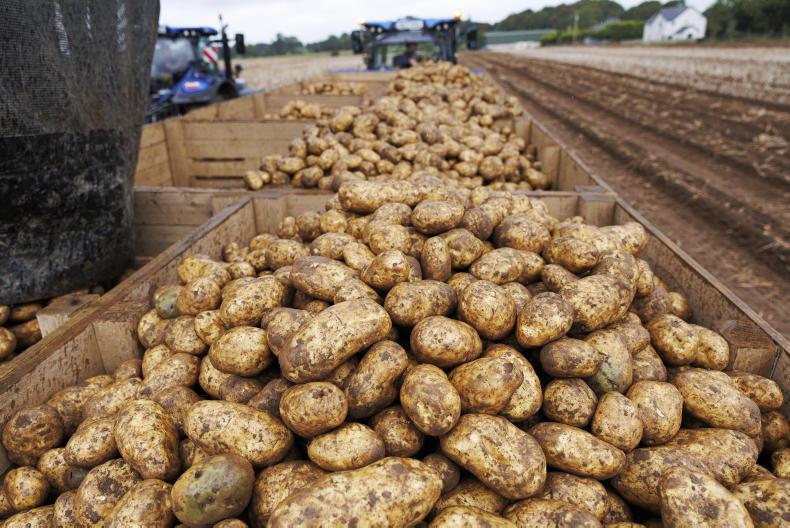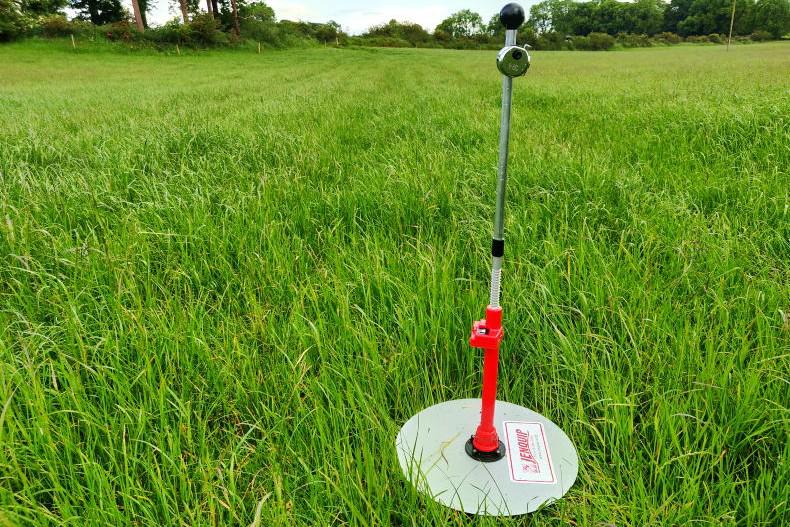Clostridial disease: Extreme temperatures and sudden changes in the diet of young sheep (switch to high concentrate feeding) are two risk factors for clostridial disease at this time of year. Braxy and pulpy kidney are the main cultprits. A decision on vaccination will ultimately boil down to farmer choice with some unvaccinated flocks getting away without any problems while others can experience constant difficulties or an outbreak.
To achieve maximum protection, a primary vaccination course of two treatments is required. This will deliver year long immunity and is the best form of defence for lambs retained as replacements, or for long term feeding. Administering one treatment will provide limited protection of between six and eight weeks, and is frequently the preferred option where shorter term protection is required.
In this situation, a product like Ovivac P delivers immunity to a narrower range of clostridial disease and pasteurella pneumonia. Vaccines such as Covexin 8, Covexin 10 and Tribovax 10 offer a wider range of protection against clostridia, while Heptavac P Plus covers a wide range of clostridia with protection against Mannheimia haemolytica and Bibersteinia trehalosi (previously called Pasteurellae).
Once breeding sheep receive their primary course, a single annual booster given at least four weeks before lambing is sufficient. Reducing stress and radical changes in diet/management will also help to guard against disease.
Managing clover swards: It is important to graze out paddocks containing clover tightly (3.5cm to 4cm) and without poaching damage before closing. A loss of stolons (creeping stems that spread along the surface) over the winter, combined with slower growth of clover in spring, leaves clover more vulnerable in competition with grass.
Grazing tight will allow light to reach the base of the dormant clover plant and promote stolon survival over the winter.
Sheep fencing/handling equipment: Pages 36, 37 and 38 give an update on the TAMS scheme for grant aid on sheep fencing and mobile handling equipment. Stock proof fencing and good handling facilities are central to minimising labour and improving flock management. The Department has confirmed that the closing date for applications will not be extended and advise interested applicants to make provisions to have their applications drawn up and submitted in the coming weeks.
Ration selection: There is no need for complex or cooked crunch rations when finishing lambs. Cereals such as barley, maize and wheat have the highest energy content and should be the dominant ingredients in rations. Standard rations can be purchased now at €250 to €260/t. If purchasing a general mix to feed sheep/weanlings, be careful to check that copper levels are low and safe to feed to sheep. Where home mixing, or feeding high supplementation rates, it is important to find the correct balance and include a sufficient fibre source to reduce the risk of acidosis or digestive upsets. If supplementing lambs on grass, a protein content of 12% to 14% will suffice.
Clostridial disease: Extreme temperatures and sudden changes in the diet of young sheep (switch to high concentrate feeding) are two risk factors for clostridial disease at this time of year. Braxy and pulpy kidney are the main cultprits. A decision on vaccination will ultimately boil down to farmer choice with some unvaccinated flocks getting away without any problems while others can experience constant difficulties or an outbreak.
To achieve maximum protection, a primary vaccination course of two treatments is required. This will deliver year long immunity and is the best form of defence for lambs retained as replacements, or for long term feeding. Administering one treatment will provide limited protection of between six and eight weeks, and is frequently the preferred option where shorter term protection is required.
In this situation, a product like Ovivac P delivers immunity to a narrower range of clostridial disease and pasteurella pneumonia. Vaccines such as Covexin 8, Covexin 10 and Tribovax 10 offer a wider range of protection against clostridia, while Heptavac P Plus covers a wide range of clostridia with protection against Mannheimia haemolytica and Bibersteinia trehalosi (previously called Pasteurellae).
Once breeding sheep receive their primary course, a single annual booster given at least four weeks before lambing is sufficient. Reducing stress and radical changes in diet/management will also help to guard against disease.
Managing clover swards: It is important to graze out paddocks containing clover tightly (3.5cm to 4cm) and without poaching damage before closing. A loss of stolons (creeping stems that spread along the surface) over the winter, combined with slower growth of clover in spring, leaves clover more vulnerable in competition with grass.
Grazing tight will allow light to reach the base of the dormant clover plant and promote stolon survival over the winter.
Sheep fencing/handling equipment: Pages 36, 37 and 38 give an update on the TAMS scheme for grant aid on sheep fencing and mobile handling equipment. Stock proof fencing and good handling facilities are central to minimising labour and improving flock management. The Department has confirmed that the closing date for applications will not be extended and advise interested applicants to make provisions to have their applications drawn up and submitted in the coming weeks.
Ration selection: There is no need for complex or cooked crunch rations when finishing lambs. Cereals such as barley, maize and wheat have the highest energy content and should be the dominant ingredients in rations. Standard rations can be purchased now at €250 to €260/t. If purchasing a general mix to feed sheep/weanlings, be careful to check that copper levels are low and safe to feed to sheep. Where home mixing, or feeding high supplementation rates, it is important to find the correct balance and include a sufficient fibre source to reduce the risk of acidosis or digestive upsets. If supplementing lambs on grass, a protein content of 12% to 14% will suffice.










SHARING OPTIONS